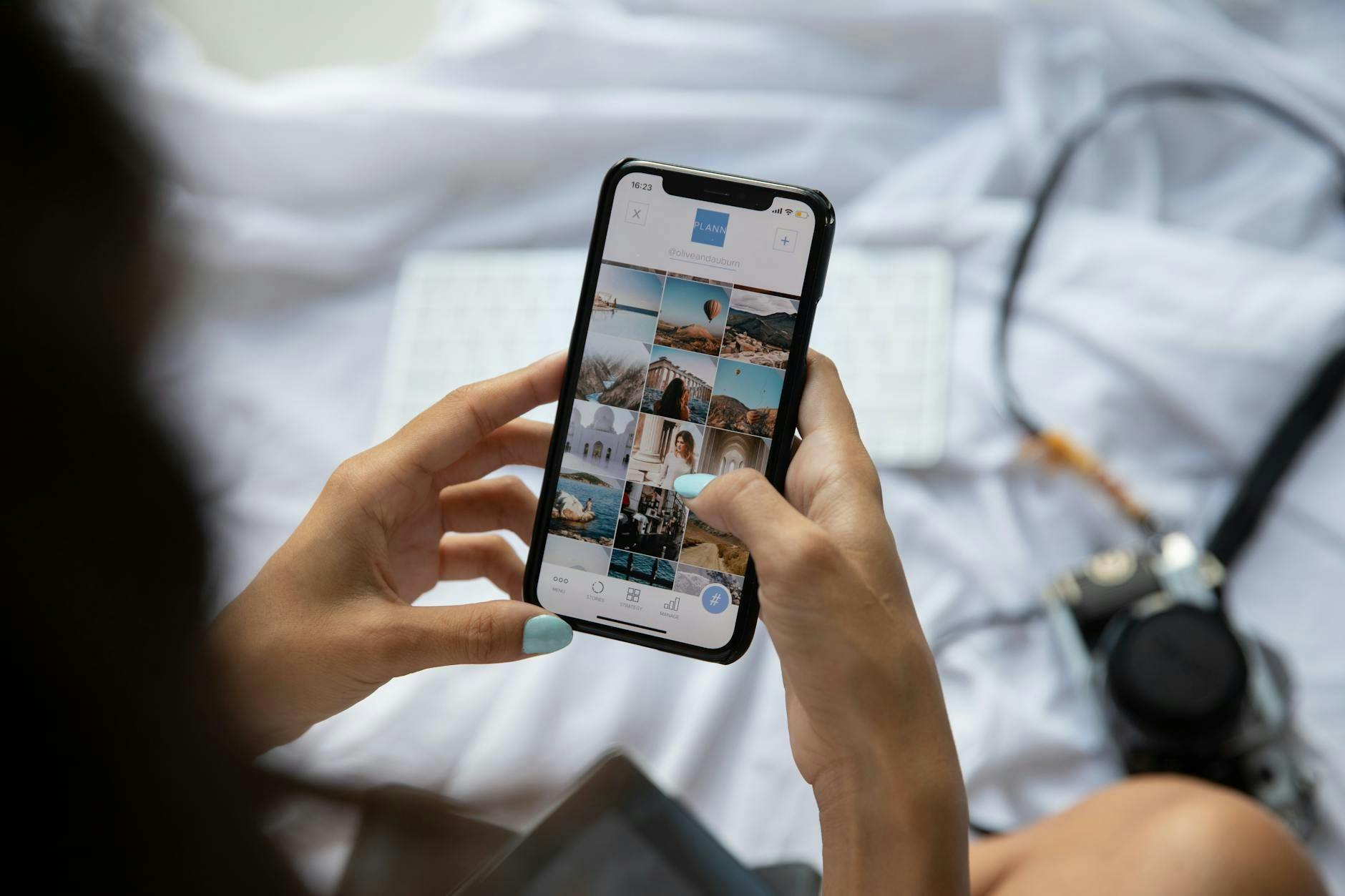244 reads
The Power of Influencer Advocacy in the Fashion Industry
by
August 7th, 2024
Audio Presented by

Head of ConvertSocial, a Mitgo company. It helps influencers earn money via monetizing traffic on social networks.
Story's Credibility

About Author
Head of ConvertSocial, a Mitgo company. It helps influencers earn money via monetizing traffic on social networks.
